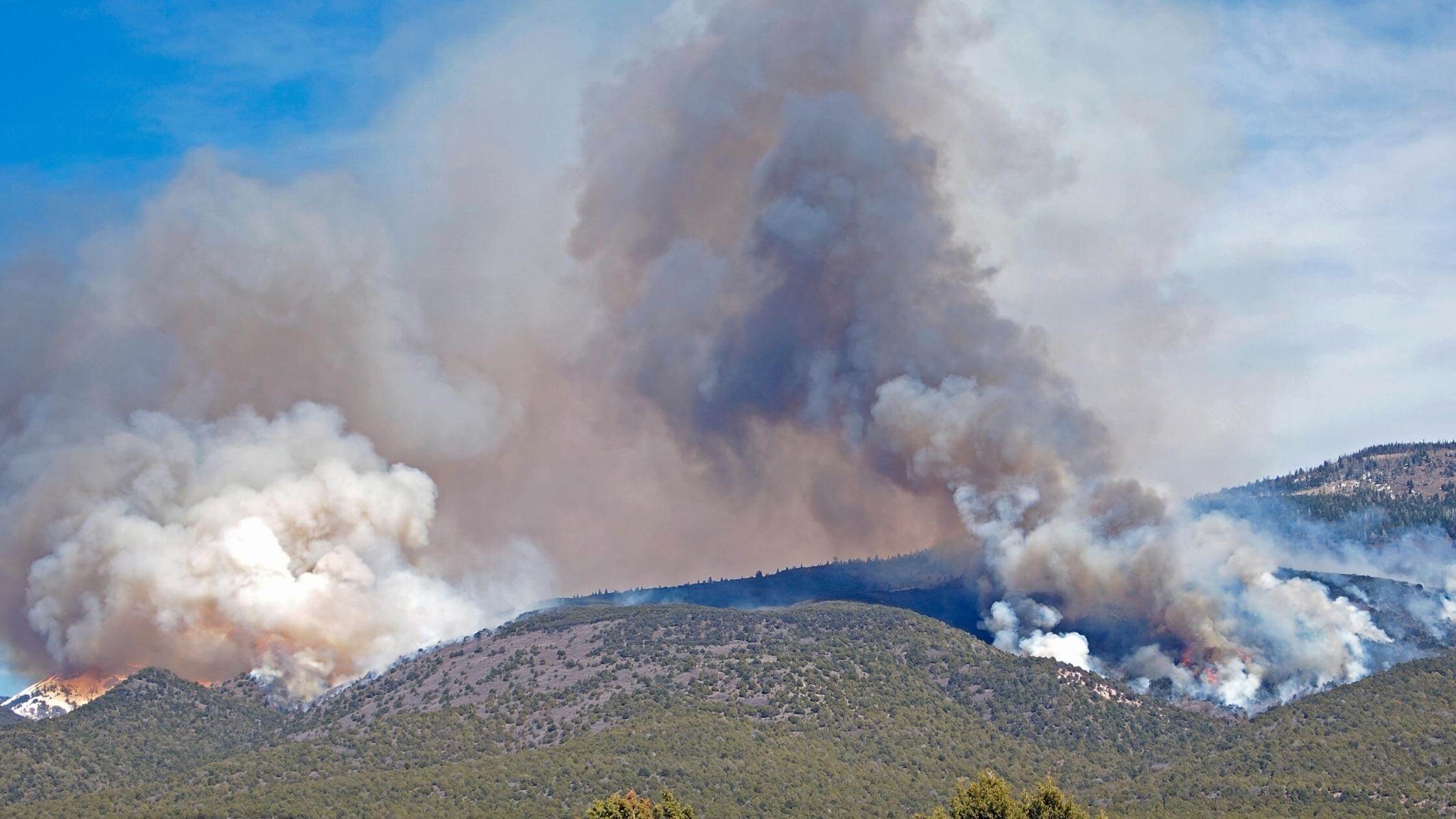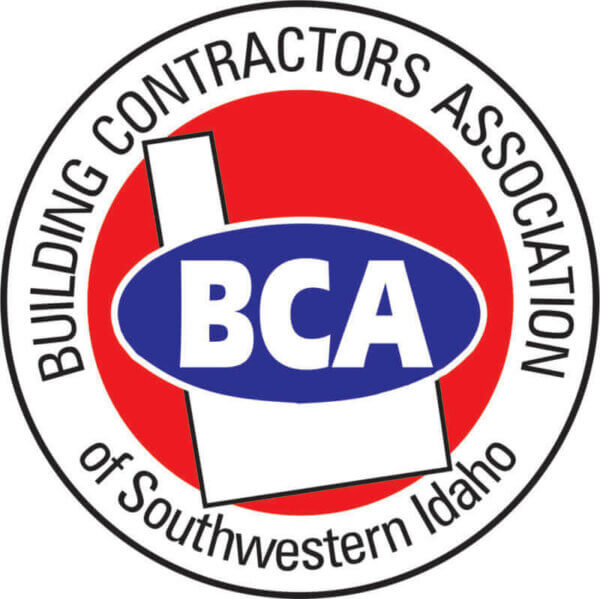Protecting Your Home And Yourself From Wildfire Smoke
When large wildfires burn out of control, it isn’t just a single area that is affected: the negative effects can be seen and felt for hundreds of miles, the most obvious being smoke. This is especially true in valleys, where the smoke can settle for weeks and continue to be replenished, until the fire is extinguished and the smoke is blown away. Exposure to wildfire smoke over the long-term can range from mildly irritating to life-threatening.
To reduce the risk of damage or loss of life, here are some ways you can protect yourself from the negative effects of wildfire smoke inhalation.
Protecting Yourself and Your Home from Smoke Inhalation
Wildfire smoke contains burnt particulate matter of trees, plants, animals, and buildings, which can cause symptoms such as:
- Coughing
- Trouble breathing
- Itchy nose
- Dry/irritated sinuses
- Headaches
- Stinging eyes
- Asthma attacks
- Chest pains
While smoke inhalation can make anyone sick, especially over the long-term, those with respiratory diseases such as COPD, asthma, or heart disease are more at-risk. To reduce your risk of long-term damage and/or exposure to wildfire smoke, take note of and abide by the below-stated safety tips.
- Keep your indoor air as clean as possible. Reduce the amount of smoke that enters the home by shutting off all ingoing vents from the outside, along with all windows. Be sure to open/close doors as little as possible, and check seams to ensure that none need caulking.
- Refrain from burning candles/incense/etc. Any activity that would pollute or otherwise contaminate the indoor environment should be avoided during this time. Other activities that can stir up/generate particulate matter include vacuuming and smoking.
- Check and use the correct type of respirator. Paint masks and other types of common paper masks are primarily designed to trap large particles, but do little in the way of protecting your lungs from smoke particulate. Check your respirator selection to ensure that you are buying the correct type for maximum protection.
- Regularly check local air quality reports. These may provide pertinent safety information for your area, and should not be missed. If your local area does not provide this information, it can be found on the EPA’s Air Quality Index or the AirNow fire and smoke map.
- Listen to your doctor. If you have a preexisting respiratory condition, be sure to follow the advice of your general practitioner, and consider leaving the area if it becomes unbearable.
Protecting Your Home From Wildfires
While you may not be able to prevent a wildfire from occurring, there are things you can do to reduce the instance of a total loss, such as:
- Create 30-feet of non-combustible space around your home. By planting vegetation/placing landscaping that doesn’t burn in a 30-foot circumference around your house, there’s less of a chance it will reach it.
- Ensure your roof is fireproof. Through the use of noncombustible coverings, errant sparks and embers won’t be able to start a blaze which eventually works its way down.
- Enclose your home’s foundation. If you live in a fire-prone area, keeping your foundation closed off will prevent embers from flying in.






